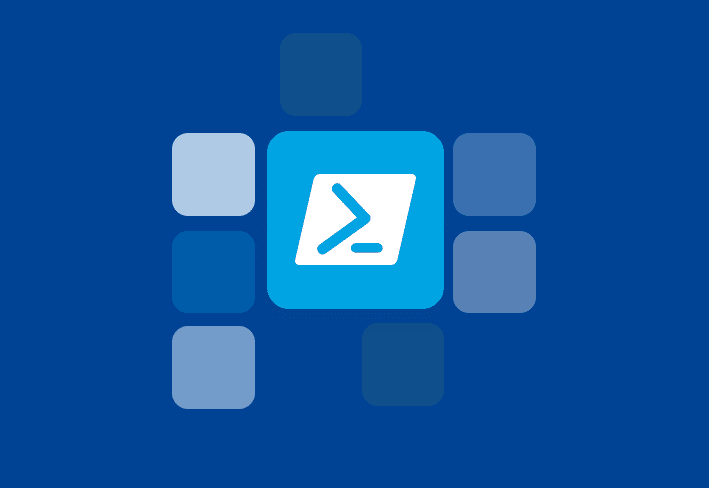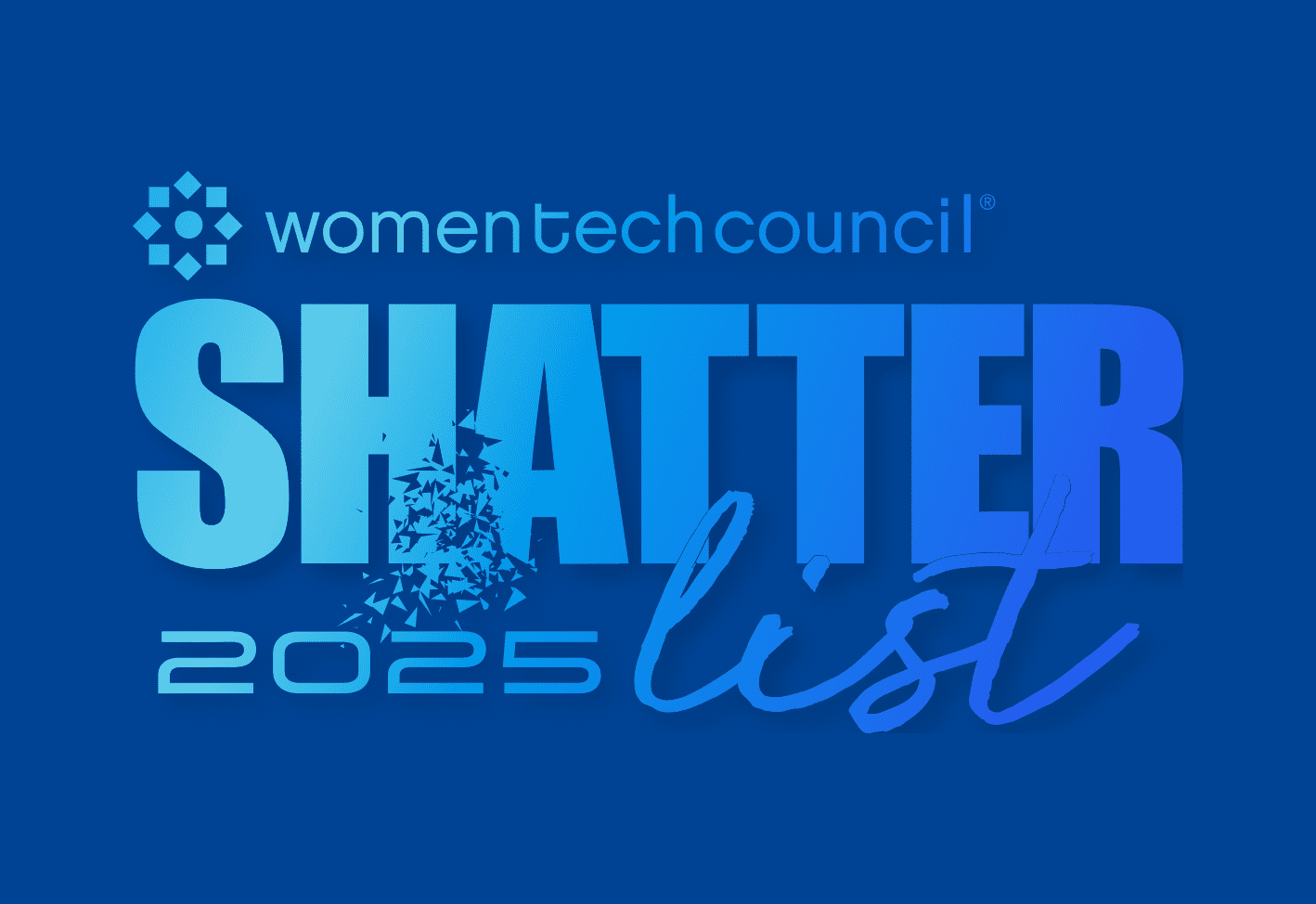NinjaOne is a unified endpoint management (UEM) platform and remote monitoring and management (RMM) solution with a broad feature set designed primarily for MSPs. Some sysadmins appreciate having access to all the bells and whistles, but others find it increases the price point and complexity. We’ll explain how some of the top NinjaOne competitors compare.
Why consider a NinjaOne alternative?
NinjaOne G2 reviews and NinjaOne Capterra reviews show that sysadmins often report a steep learning curve, inconsistent support, high cost, and questionable quality.
Steep learning curve
Because of its broad approach and focus on MSPs, the NinjaOne platform isn’t always intuitive. Its steep learning curve can take you away from other routine tasks (as if you have time for that). 10°
“I dislike how complex some of the subjects are. It made them difficult to keep up with.” — Verified IT user
Inconsistent support
While some users say they’ve received good support from the NinjaOne team, others report problems and delays.
“When it comes to customer support, my experience has been nothing short of frustrating. I have to rate them 0/10 for support. Their team consistently proves to be incompetent, with issues often requiring multiple attempts to explain before they even begin to understand the problem. This delays resolution time, sometimes stretching it far longer than necessary.” — Manthan B., network system administrator
High cost
NinjaOne pricing tends to be on the expensive side, and you have to get a custom quote to find out what your organization will pay. Plus, with lots of add-ons and integrations, the price point can climb quickly.
“Pricing can be somewhat steep for smaller organizations who don't need many seats.” — Verified IT user
Questionable quality
NinjaOne’s core product, NinjaOne RMM, is generally perceived as a quality option. However, some of the company’s other products aren’t as well respected.
“My perception is that as NinjaOne expands itself to offer a wider range of features and services, some of the quality slips a little bit. For example, their backup solution is wildly overpriced for what it does, and I recommend using something else.” — Jarrod S., owner and head instructor
1. PDQ Connect
PDQ Connect has a focused feature set built for sysadmins, by sysadmins. This agent-based Windows device management tool is a powerhouse for automating patching and vulnerability management for both on-prem and remote endpoints. The intuitive user experience is approachable for even the most novice sysadmins looking to knock out common tasks. At the same time, flexible options give expert IT professionals the control they need to fine-tune their workflows.
Features
Automated patch management
Environment-based vulnerability prioritization
Effective vulnerability management & remediation
Prebuilt & custom device groups
Detailed reporting
Remote desktop capabilities
Robust scripting and powerful automation capabilities
Large Package Library
Seamless integration
Pros
Fast performance
User-friendly interface
Quick, friendly customer support
Transparent, approachable pricing
Focused feature set
Intuitive yet flexible design
Reliable reporting
Accurate error logs
Ambitious product direction with regular new features and enhancements
Cons
Focused feature set may not appeal to those building a sprawling IT management ecosystem
Not a full-fledged RMM
What makes PDQ Connect the top NinjaOne alternative?
In the great PDQ vs. NinjaOne match, PDQ packs plenty of punches.
Speed
We know that sysadmins don’t have time to wait around for sluggish deployments or scans. That’s why PDQ Connect is built for speed. In contrast, some NinjaOne users report slow load times.
User experience
Thanks to PDQ Connect’s intuitive design, sysadmins typically use it effectively right out of the box, while NinjaOne users frequently experience a steep learning curve.
Price
NinjaOne has a relatively high price point, and you need to request a quote to find out precisely how much it will cost your business. On the other hand, PDQ Connect has an approachable, publicly available pricing structure, starting at $12 per device per year.
Features
PDQ has an easy-to-use, focused feature set that just works. While NinjaOne has broader options, users often report that the product is missing some necessary features or that existing features are prone to issues.
Quick & easy Windows patch management
Unlock automated patching that's simple, secure, and pretty damn quick.
2. LogMeIn Resolve
Formerly known as GoTo Resolve, this device management solution does many of the things NinjaOne is known for, including patching, remote support, remote control, and endpoint security. Like NinjaOne, LogMeIn Resolve is built with MSPs in mind. However, its pricing is more transparent, and many customers find it easy to use.
Features
Remote support
Help desk
Asset management
Patch management
Mobile device management (MDM)
Managed antivirus
Integrations
Automation
Pros
Transparent pricing
Convenient dashboard
Plentiful integration options
Cons
Technical issues
Limited customer support
Cost-prohibitive pricing for small businesses
3. Kaseya VSA
Kaseya VSA is another well-known RMM solution with a long history in the space. Since its goal is unifying IT operations, its capabilities are quite diverse, ranging from monitoring to ransomware detection to auto-remediation.
Features
IT automation
Monitoring and alerting
Reporting
Automated patch management and remediation
Inventory management
Remote access
Mobile device management (MDM)
Pros
Long history in the industry
Centralized platform
Cons
Pricing information not publicly available
Overwhelming feature set
Slow or cumbersome key features
Slow support
Potential security concerns
4. Ivanti
Much like NinjaOne, Ivanti is an IT software company with a wide range of solutions targeting an IT department’s enterprise service, endpoint, exposure, network, and security management needs. Its product that most directly competes with NinjaOne is Ivanti Neurons, a UEM. While Ivanti offers many capabilities beyond UEM, adding them is cost prohibitive for many SMBs.
Features
App distribution and patching
Asset discovery, intelligence, and management
Automation
Remote control
Vulnerability remediation
Pros
Highly customizable feature set
Strong community
Responsive support
Cons
Time-consuming setup, especially for customizations
Steep learning curve for maximum ROI
Custom quote required (and overall cost can get expensive)
5. Atera
Atera is another IT software suite known largely for its RMM capabilities. However, like many other NinjaOne alternatives, it also offers features beyond RMM, though some require a more expensive plan, add-ons, or integrations. However, customers report some of the features are lacking.
Features
Patch management
Automation
Monitoring
Reports
Help desk ticketing
Network discovery
Pros
Transparent pricing
Robust integration options
High-quality customer support
Cons
Technical issues or performance problems reported by many users
Minimal workflow and dashboard customization
Lack of advanced features
6. N-able
Looking for a different RMM option? N-able N-central or N-sight may be right for you if you’re looking for an easy-to-use, comprehensive option or if you’re just a big fan of the 14th letter of the alphabet. (We’re personally more into letters 16, 4, and 17.) In addition, N-able offers data protection, MDR, XDR, EDR, DNS filtering, cloud management, and other IT solutions.
Features
Device monitoring
Patch management
Automation
Preconfigured scripts
Network device discovery
Remote access
Pros
Centralized control
Easy to use once learned
Scalable design
Cons
Pricing information not publicly available
Complex initial setup
Steep initial learning curve
Occasional performance issues
NinjaOne alternative FAQs
What is NinjaOne?
NinjaOne is a unified IT management platform that's well known for its RMM, patch management, asset management, and backup capabilities. The full suite of products is designed to make it easier for MSPs and in-house IT teams to support end users, keep devices up to date, and maintain a more secure environment.
What should I look for in an endpoint management tool?
When assessing an endpoint device management tool like NinjaOne, consider the following:
Features
Pricing
User experience
Customer support
Compatibility
Integrations
Security
Scalability
Performance
Reputation
What should I consider when reading NinjaOne reviews?
When reading NinjaOne reviews, consider how your specific needs align with user-reported experiences. Many users report missing features. Are any of these features you need? Other users report issues with certain features, which could be problematic if you'd use those features on a regular basis.
What is the best NinjaOne alternative for me?
The best NinjaOne alternative for you depends on your environment, goals, team, existing tools, budget, and use cases. It should be able to help you complete tasks, like patch deployment, more quickly with less effort. That said, in a perfect world, your solution also shouldn’t have a lot of features you don’t use since they can increase the cost and complexity.





